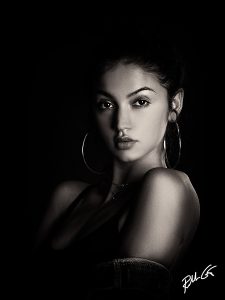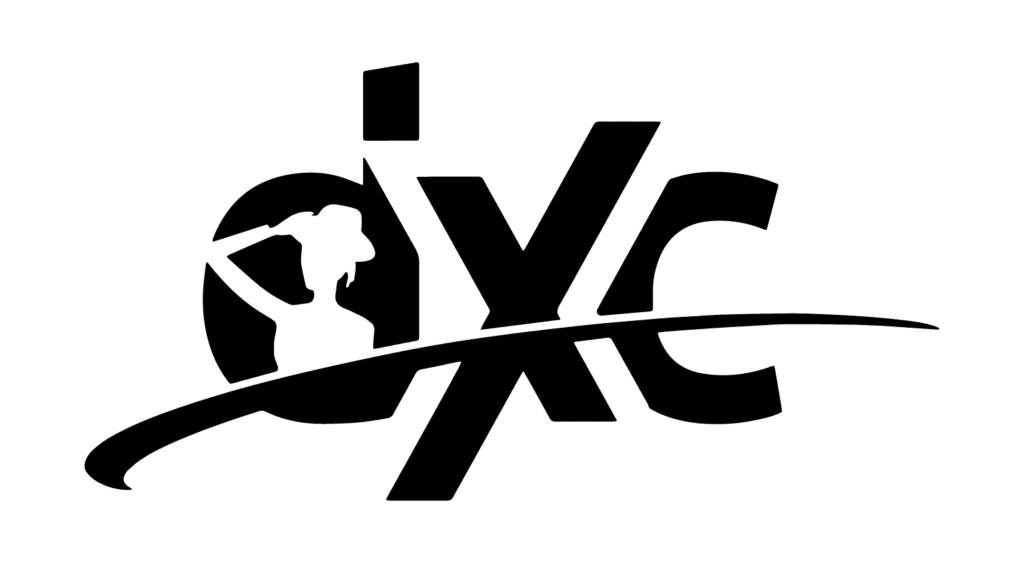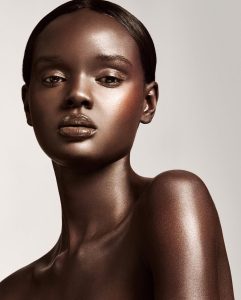Introduction: In recent years, the modeling industry has experienced a significant transformation, with a renewed focus on diversity and inclusivity. From challenging traditional beauty standards to embracing models of all races, ethnicities, and body types, the push for greater representation has reshaped the landscape of fashion and modeling. In this comprehensive exploration, we delve into the historical context, key milestones, and ongoing efforts to promote diversity within the industry.

The Historical Context of Diversity in Modeling: Historically, the modeling industry has been criticized for its narrow definition of beauty, which often excluded individuals from marginalized communities. However, in recent decades, there has been a gradual shift towards greater representation, fueled by activism, advocacy, and changing societal attitudes. This shift has led to a more inclusive and diverse modeling landscape, where models of all backgrounds are celebrated and celebrated.
The Rise of Diversity Advocates: Key figures within the industry, including models, designers, photographers, and activists, have played pivotal roles in championing diversity. These advocates have used their platforms to challenge stereotypes, spark conversations, and push for greater inclusivity on and off the runway. Their efforts have helped to create a more welcoming and diverse environment within the modeling industry.

Breaking Barriers: One of the most significant milestones in the quest for diversity has been the breaking of racial and ethnic barriers in modeling. Models from diverse racial and ethnic backgrounds have risen to prominence, challenging the dominance of white beauty standards and inspiring a new generation of talent. This increased representation has not only broadened the definition of beauty but has also enriched the fashion industry with diverse perspectives and experiences.
Celebrating Body Diversity: In addition to racial and ethnic diversity, there has been a growing movement towards body positivity and inclusivity in modeling. Plus-size models, in particular, have gained visibility and recognition, challenging traditional notions of beauty and promoting body acceptance. This shift towards body diversity has empowered individuals of all shapes and sizes to embrace their bodies and celebrate their unique beauty.

The Impact of Diversity in Fashion: The increasing diversity in modeling has had a profound impact on the fashion industry as a whole. Brands are recognizing the importance of inclusive representation, not only as a matter of social responsibility but also as a smart business strategy. By embracing diversity, brands can better connect with consumers from diverse backgrounds and create campaigns that resonate with a wider audience.
Looking Ahead: While significant progress has been made, there is still work to be done to ensure that diversity and inclusivity remain central pillars of the modeling industry. Continued advocacy, representation, and accountability are essential to creating a more equitable and representative fashion landscape for future generations. By working together, we can build a fashion industry that celebrates the beauty and diversity of all individuals.




